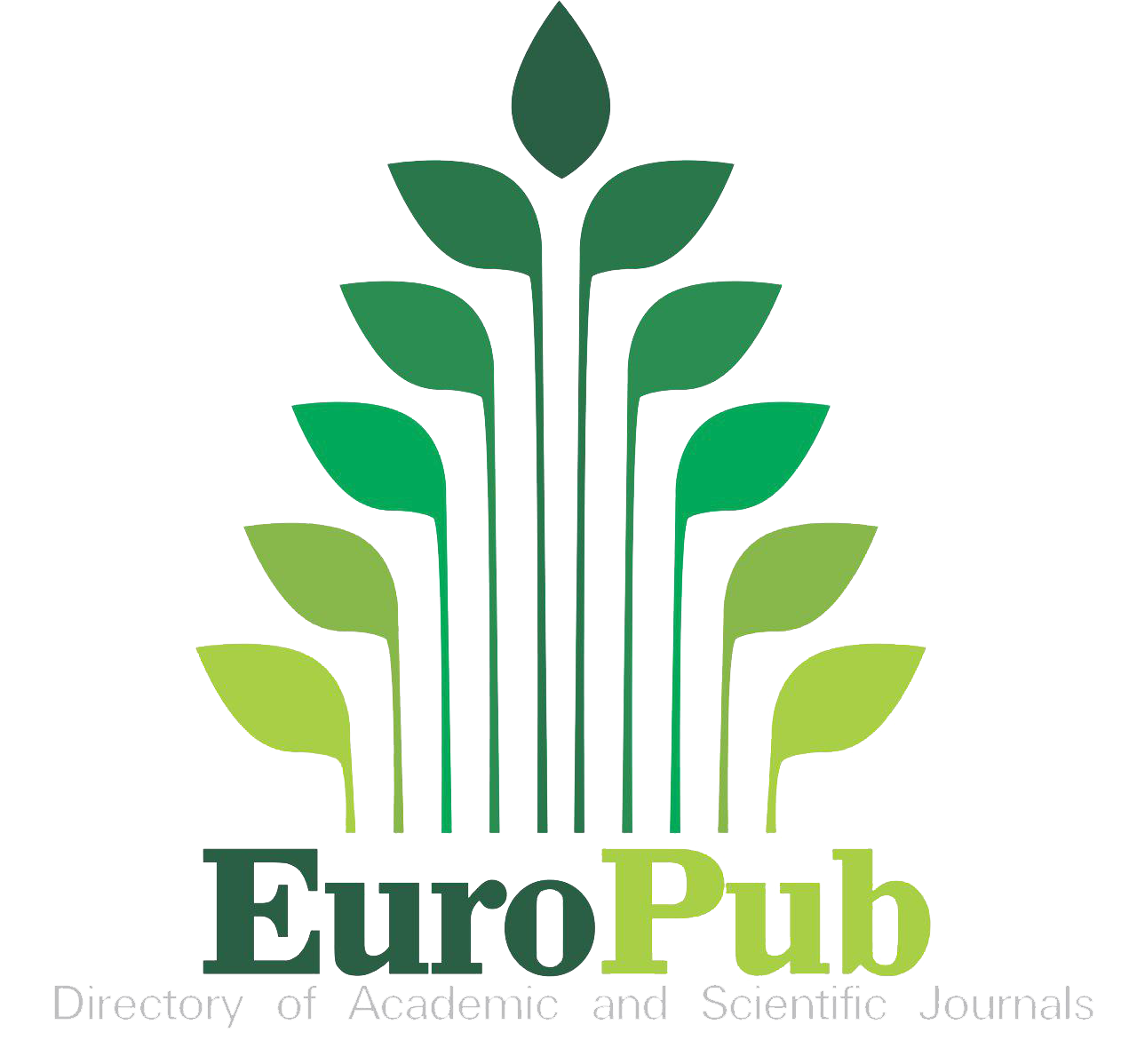| 时间: 2021-05-10 | 次数: |
邓天天, 李啥晟, 郭珍珍, 等.铁改性香菇废弃物优化制备及其对微砷污染水的吸附[J].河南理工大学学报(自然科学版),2021,40(3):75-84.
DENG T T, LI H S, GUO Z Z, et al.Optimization preparation of waste from iron modified lentinus edodes and itsadsorption for slight arsenic contaminated water[J].Journal of Henan Polytechnic University(Natural Science) ,2021,40(3):75-84.
铁改性香菇废弃物优化制备及其对微砷污染水的吸附
邓天天, 李啥晟, 郭珍珍, 姜沛汶, 陈纳, 丁明慧
河南工程学院 环境与生物工程学院,河南 郑州451191
摘要:为探索微珅污染水体高效廉价的吸附处理方法,以来源丰富、无二次污染的香菇废弃物为原料,对其进行表面改性,根据单因素及响应面优化试验,得到最佳反应条件,通过等温热力学和吸附动力学进行数据拟合分析,对改性及吸附前后的菌粉进行表征。结果表明,对初始质量浓度为200 μg/L的As(Ⅲ)污染水体,投加0.2 g经过2 mol/L的FeCl3溶液改性后的香菇废弃物,在pH=8时,去除率达96.85%以上。由响应面优化试验可得,在FeCk溶液改性浓度为2.51 mol/L,菌粉投加量为0.28 g,pH为8.58时,香菇废弃物对As(Ⅲ)的去除可达到最佳效果,并满足饮用水标准。Langmuir模型和准二级动力学模型能更准确地描述吸附热力学和动力学过程。
关键词:香菇废弃物;微珅污染;改性;吸附
doi:10.16186/j.cnki.1673-9787.2019120083
基金项目:河南省科技攻关项目(192102310505 );河南省高校大学生创新创业训练计划项目(S201911517004)
收稿日期:2019/12/15
修回日期:2020/04/21
出版日期:2021/05/15
Optimization preparation of waste from iron modified lentinus edodes and itsadsorption for slight arsenic contaminated water
DENG Tiantian, LI Hansheng, GUO Zhenzhen, JIANG Peiwen, CHEN Na, DING Minghui
School of Environmental and Biological Engineering, Henan University of Engineering, Zhengzhou 451191 ,Henan, China
Abstract:In order to explore a more efficient and cheap adsorption method for slight arsenic contaminated water ,the waste of rich lentinus edodes with abundant sources and no secondary pollution was used as raw material for surface modification, and the optimal reaction conditions were obtained according to the single factor and response surface optimization experiment. Finally, the bacterial powder before and after modification and adsorption was characterized through the data fitting analysis of isothermal thermodynamics and adsorption kinetics. The results showed that, when the initial mass concentration of As(Ⅲ) was 200μg/L, adding 0.2 g of lentinus edodes waste modified by 2 mol/L FeCl3 solution, the removal rate reached 96. 85% at pH=8. According to the response surface optimization experiment, when the modified concentration of FeCl3 solution was 2. 51 mol/L, the dosage of bacterial powder was 0. 28 g, and the pH was 8.58 , the removal of As(Ⅲ) by lentinus edodes waste could reach the best effect and meet the drinking water standard. Langmuir model and quasisecond order kinetic model could describe adsorption thermodynamics and kinetic process more accurately.
Key words:lentinus edodes waste;slight arsenic pollution;modification;adsorption
- 附件【铁改性香菇废弃物优化制备及其对微砷污染水的吸附_邓天天.pdf】已下载次

